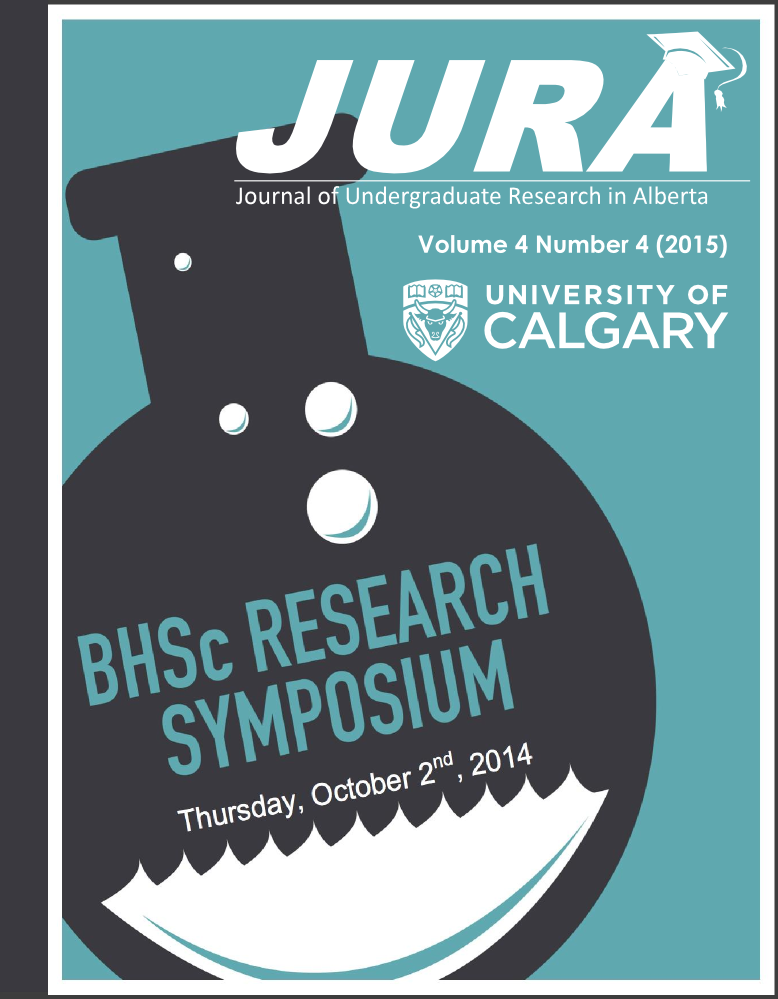Distinct patterns of cortical thickness predict rTMS treatment response
Abstract
INTRODUCTION
Major depressive disorder (MDD) affects approximately 15% of adolescents, and is linked with impairment in social, family and academic functioning. Current treatment options are limited. Repetitive transcranial magnetic stimulation (rTMS) represents a novel avenue for treatment of depression; utilizing magnetic pulses to stimulate specific brain regions thought to underlie MDD. However, beneficial response to rTMS is not universal. Identifying baseline biomarkers that correlate to treatment response will allow professionals to apply a more personalized and effective treatment program and will be more cost-effective for the health care system. Therefore, the aim of this project is to investigate cortical thickness as a baseline structural predictor of rTMS treatment response in MDD children and youth.
METHODS
Participants (n=15, age range 16 - 21; mean 18.43 ± 1.41) were recruited using advertisement and referral. Inclusion criterion included resistance to antidepressants for at least 8 weeks. Exclusion criteria were additional neurological or psychiatric diagnoses, previous seizures or epilepsy, hypertension, left handedness, pregnancy or braces.
The Hamilton Rating Scale for Depression (Ham-D) was used to measure depression severity. A cut-off of a 30% post-treatment reduction in HAM-D was used to distinguish between responders and non-responders. 10 responders and 5 non-responders were not significantly different into terms of sex, age, IQ or baseline HAM-D. The rTMS treatment was applied for 5 days a week for 3 weeks. Participants underwent a baseline MRI scan. Cortical thickness was analyzed using FreeSurfer software.
RESULTS
We observed increased thickness in the left Broca’s Area, left frontal pole, and right lateral orbitofrontal gyrus in non-responders versus responders. Conversely, the left caudal anterior cingulate cortex was thicker in responders versus non-responders (Table 1).
DISCUSSION AND CONCLUSIONS
Our current findings match our previous studies showing a thicker anterior cingulate and frontal in MDD versus controls [1,2]. Other studies have indicated structural differences in lateral orbitofrontal gyrus in MDD [3]. This preliminary data suggests that these regions may act as baseline structural biomarkers for rTMS treatment responders, and may influence future MDD treatment protocols.
FUTURE DIRECTIONS
To further validate these results, a study should be conducted with a larger sample size, especially for rTMS non-responders. Identifying baseline biomarkers for the use of rTMS will enable professional to maximize the potential of this novel therapy in treating MDD and other mental health disorders in children and youth.
Downloads
Downloads
Additional Files
Published
Issue
Section
License
Authors retain all rights to their research work. Articles may be submitted to and accepted in other journals subsequent to publishing in JURA. Our only condition is that articles cannot be used in another undergraduate journal. Authors must be aware, however, that professional journals may refuse articles submitted or accepted elsewhere—JURA included.


